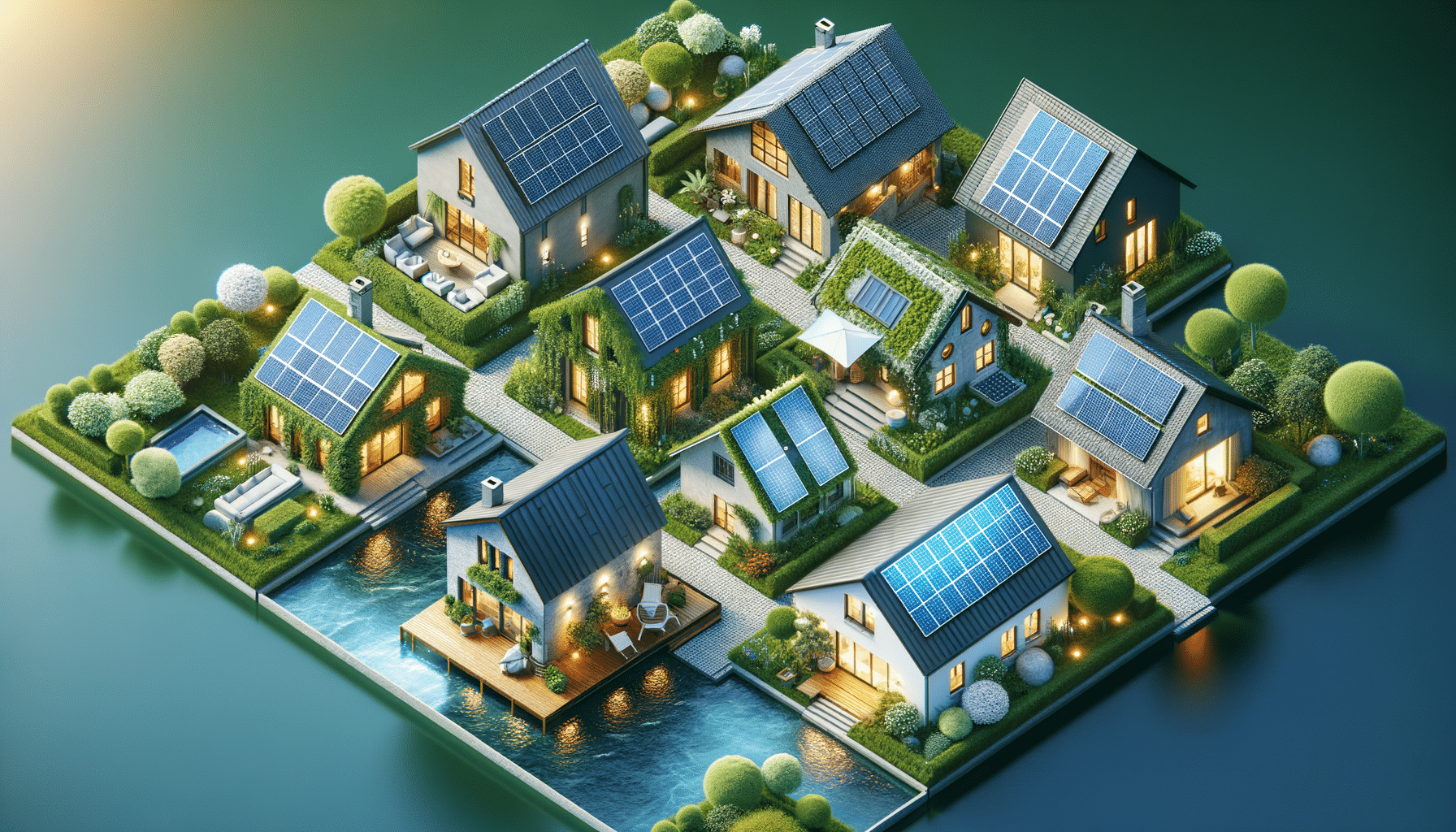Why Going Solar Might Be the Smartest Choice for Your Home
Solar energy isn’t just about saving the planet—it’s about saving money. With lower electricity bills, tax incentives, and energy independence, many homeowners find solar panels pay for themselves over time.

The Rise of Green Energy: A Global Perspective
As the world grapples with the pressing challenges of climate change, green energy has emerged as a beacon of hope. The transition from fossil fuels to renewable energy sources is not just a trend but a necessity. Countries around the globe are investing heavily in green energy technologies, driven by the dual goals of reducing carbon emissions and achieving energy independence. According to the International Energy Agency, renewable energy sources are set to account for nearly 30% of the world’s electricity by 2023. This shift is not only environmentally crucial but also economically advantageous, as renewables are becoming more cost-competitive compared to traditional energy sources.
Several factors contribute to the rise of green energy:
- Government policies and incentives that support renewable energy projects.
- Technological advancements that have significantly reduced the cost of solar panels and wind turbines.
- Increased public awareness and demand for sustainable energy solutions.
As more countries commit to carbon neutrality, the adoption of green energy is expected to accelerate, marking a pivotal shift in the global energy landscape.
Solar Power: Harnessing the Sun’s Potential
Solar energy stands at the forefront of the green energy revolution. By converting sunlight into electricity, solar panels offer a clean, renewable source of power that can be utilized in a variety of applications, from residential to industrial. The technology behind solar power has advanced significantly over the past decade, making it more efficient and accessible than ever before. In many regions, the cost of solar power is now comparable to, or even lower than, traditional energy sources.
The benefits of solar power are manifold:
- Reduction in electricity bills as solar panels generate free power from the sun.
- Low maintenance costs after installation, as solar panels have no moving parts.
- Environmental benefits, including a significant reduction in carbon footprint.
Moreover, solar power systems can be installed in a wide range of settings, from rooftops to large solar farms, providing flexibility and scalability. As battery storage technology improves, solar energy’s reliability and efficiency will continue to grow, making it an increasingly viable option for powering the future.
Wind Energy: Capturing the Power of the Wind
Wind energy is another key player in the renewable energy sector. By harnessing the kinetic energy of wind through turbines, this form of energy generation offers a sustainable and inexhaustible source of power. Wind energy is particularly effective in areas with consistent wind patterns, such as coastal regions and open plains. The Global Wind Energy Council reports that wind power capacity grew by 53 GW in 2020 alone, illustrating its expanding role in the global energy mix.
Wind energy offers several advantages:
- It produces no greenhouse gas emissions during operation.
- Wind farms can coexist with agricultural land, providing dual land use.
- It creates jobs in manufacturing, installation, and maintenance sectors.
Challenges remain, however, including the intermittency of wind and the need for substantial upfront investment. Nevertheless, as technology advances and grid integration improves, wind energy is poised to become an even more prominent contributor to sustainable energy solutions.
Hydropower: The Power of Water
Hydropower, one of the oldest and most established forms of renewable energy, continues to play a vital role in the global energy landscape. By utilizing the energy of flowing water, hydropower plants generate electricity that is both reliable and efficient. According to the International Renewable Energy Agency, hydropower accounts for over 60% of the world’s renewable electricity generation.
The benefits of hydropower are numerous:
- It provides a stable and continuous source of electricity.
- Hydropower plants often have long operational lifespans, providing a lasting energy solution.
- They offer additional benefits such as flood control, irrigation support, and water supply.
However, hydropower projects can face environmental and social challenges, including habitat disruption and displacement of communities. Despite these challenges, hydropower remains a crucial component of the renewable energy portfolio, contributing significantly to the reduction of global carbon emissions.
The Future of Green Energy: Innovations and Opportunities
As we look to the future, the potential for green energy is vast and promising. Innovations in technology, policy, and market dynamics are driving the evolution of the renewable energy sector. Emerging technologies such as advanced energy storage, smart grids, and bioenergy are set to complement traditional renewables like solar and wind, enhancing their efficiency and integration into the energy system.
Opportunities for growth in the green energy sector include:
- Development of new materials and technologies that improve efficiency and reduce costs.
- Expansion of renewable energy infrastructure in developing countries.
- Integration of digital technologies to optimize energy management and distribution.
As the world continues to prioritize sustainability, green energy will play an increasingly central role in shaping a cleaner, more resilient energy future. The transition to renewable energy not only addresses environmental concerns but also stimulates economic growth and job creation, paving the way for a sustainable and prosperous future.